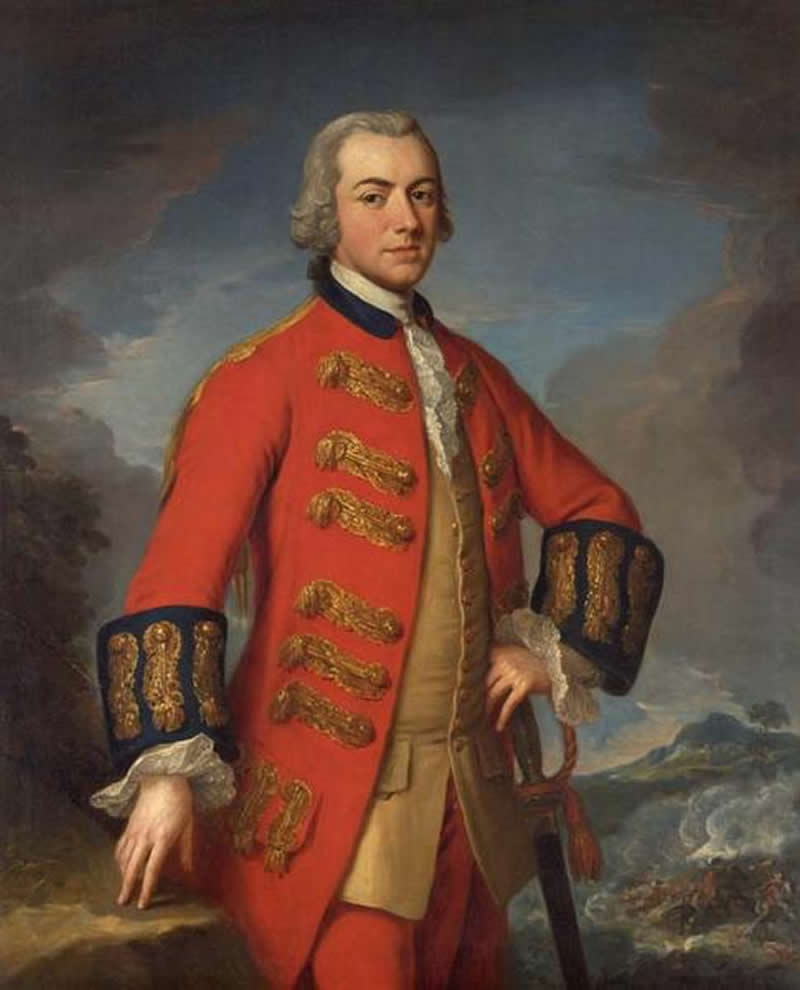In the cold January of 1781, British Commander-in-Chief Sir Henry Clinton decided to turn up the heat in Virginia. He sent none other than the infamous turncoat Benedict Arnold, leading 1,600 men, to wreak havoc in the largest and most rebellious American state. This was meant to support General Charles Cornwallis, who was busy tangling with Nathanael Greene in the Carolinas. Arnold, always eager to prove his worth to his new British overlords, was tasked with rallying Loyalists and expanding the British foothold in Virginia. Confidence wasn’t an issue for Arnold—after all, he had faced American militias before and knew he could handle them.

But George Washington had other plans. To counter Arnold, he dispatched the young and ambitious Marquis de Lafayette, appointing him commander of a 1,200-strong force. However, Lafayette’s appointment raised eyebrows—at just 22 years old, was he really the right man to stop a seasoned veteran like Arnold? Even Lafayette’s second-in-command, the formidable Anthony Wayne, was 15 years his senior and had an impressive military record. Yet Washington, ever the rational strategist, saw something in Lafayette—determination, intelligence, and an unshakable belief in the American cause.
Lafayette and his men rushed south, but Arnold was faster. By the time Lafayette arrived, Arnold had already burned Richmond to the ground, thanks in part to the inaction of Virginia’s governor, none other than Thomas Jefferson. Determined to prevent further destruction, Lafayette aimed to fortify Richmond before Arnold returned. However, as his army trudged forward, morale plummeted.
Why? Well, the Continental Army’s logistics were a mess. The plan had been to meet the French navy at Chesapeake Bay, resupply, and sail south, but a recent naval skirmish had left the French too battered to help. Now, the troops had to march—hungry, unpaid, and sweltering in thick winter uniforms under the brutal southern sun. To make matters worse, many of these men were New Englanders, who had no interest in fighting for the South. Desertions skyrocketed.
Lafayette knew he had to act fast. First, he made an impassioned speech, his French-accented English emphasizing sacrifice and honor. “If you wish to leave,” he told them, “do it like soldiers—give me your resignation in writing, and I will grant you safe passage home.” His sincerity and dedication struck a chord. Not a single soldier left.
But speeches alone wouldn’t fill empty stomachs. Lafayette personally took out loans from wealthy Baltimore merchants to buy new uniforms, food, and supplies for his men—paying out of his own pocket, without asking for a dime from Congress. Years later, the U.S. government would grant him land in recognition of his sacrifices, but it barely covered what he had spent.
Rejuvenated, his forces reached Richmond before Arnold and immediately fortified the city. Arnold, assessing the situation, decided against a direct attack. He had expected local Loyalists to bolster his ranks, but his traitorous reputation preceded him—nobody wanted to fight alongside a turncoat. Outnumbered and isolated, Arnold could only conduct hit-and-run raids, failing to achieve a significant breakthrough.
Meanwhile, Washington had given Lafayette a very particular order regarding Arnold: “Kill him.” But Lafayette had different ideas—he wanted Arnold alive, to stand trial for treason. Enter James Armistead, an enslaved man who volunteered to serve the American cause. Lafayette immediately saw his potential—as a spy.
Armistead infiltrated Arnold’s camp, posing as a runaway slave seeking refuge with the British. Given that the British had promised freedom to any enslaved person who fought for them, Arnold found this story completely believable. Gaining Arnold’s trust, Armistead became his personal servant, all while secretly feeding intelligence back to Lafayette.
One evening, Armistead informed Lafayette of Arnold’s habit of visiting a secluded pond alone at dusk. Seeing an opportunity, Lafayette sent a team to capture him. Unfortunately, the operation was botched when one of the soldiers made noise, alerting Arnold. The traitor fled, barely escaping capture. If Lafayette had followed Washington’s orders to simply kill Arnold, history might have been different.
Arnold’s Virginia campaign was ultimately a failure, and in the spring of 1781, he was recalled to the North. But the fight in Virginia was far from over. Cornwallis arrived with fresh troops, forcing Lafayette into a dangerous game of cat and mouse. At one point, Cornwallis mockingly referred to him as the “French boy,” convinced that the young commander was no real threat. But Cornwallis had underestimated his opponent.
Over the next several months, Lafayette used clever maneuvers and guerrilla tactics to harass the British, keeping them on edge while avoiding direct battle. His actions pinned Cornwallis in place long enough for Washington and the French forces to arrive, leading to the decisive Siege of Yorktown.
Legacy: A Frenchman in America’s Heart
Lafayette’s leadership in Virginia wasn’t just a military success—it cemented his status as an American hero. He had risked everything for a country that wasn’t even his own, financing its soldiers and fighting alongside them with unwavering commitment. Decades later, when he returned to the U.S., he was welcomed as a national treasure, given a hero’s reception wherever he went.
As for James Armistead, his intelligence work didn’t just disrupt Arnold’s plans; it later helped corner Cornwallis at Yorktown. After the war, thanks to Lafayette’s direct appeal, Armistead was granted his freedom and took the name James Armistead Lafayette in honor of the man who had believed in him.
Lafayette’s story is one of courage, loyalty, and brilliant strategy—proof that even a “French boy” could outplay a British general. And for Benedict Arnold? His name became synonymous with betrayal, a lesson in what happens when ambition trumps honor.

No comments yet.